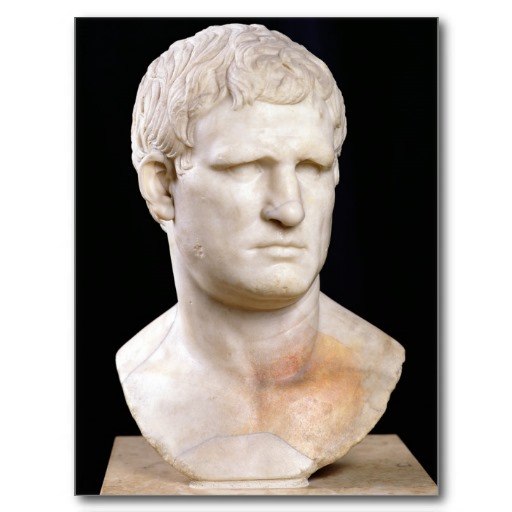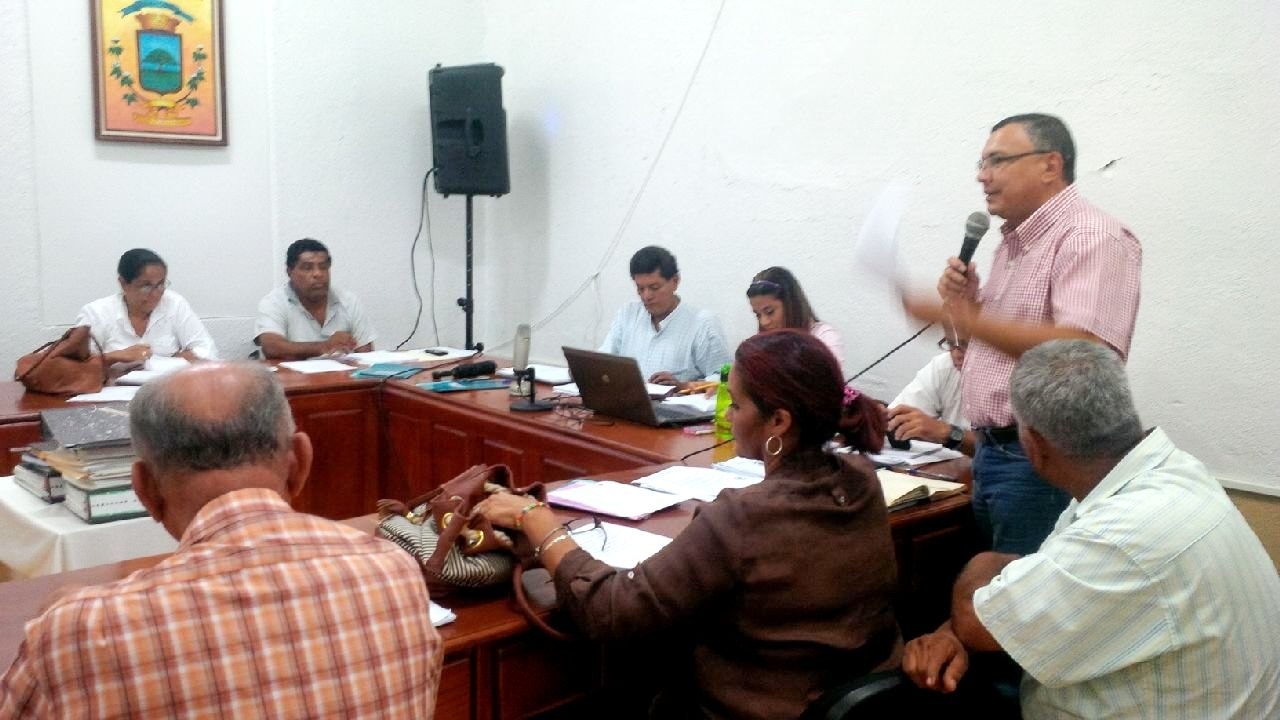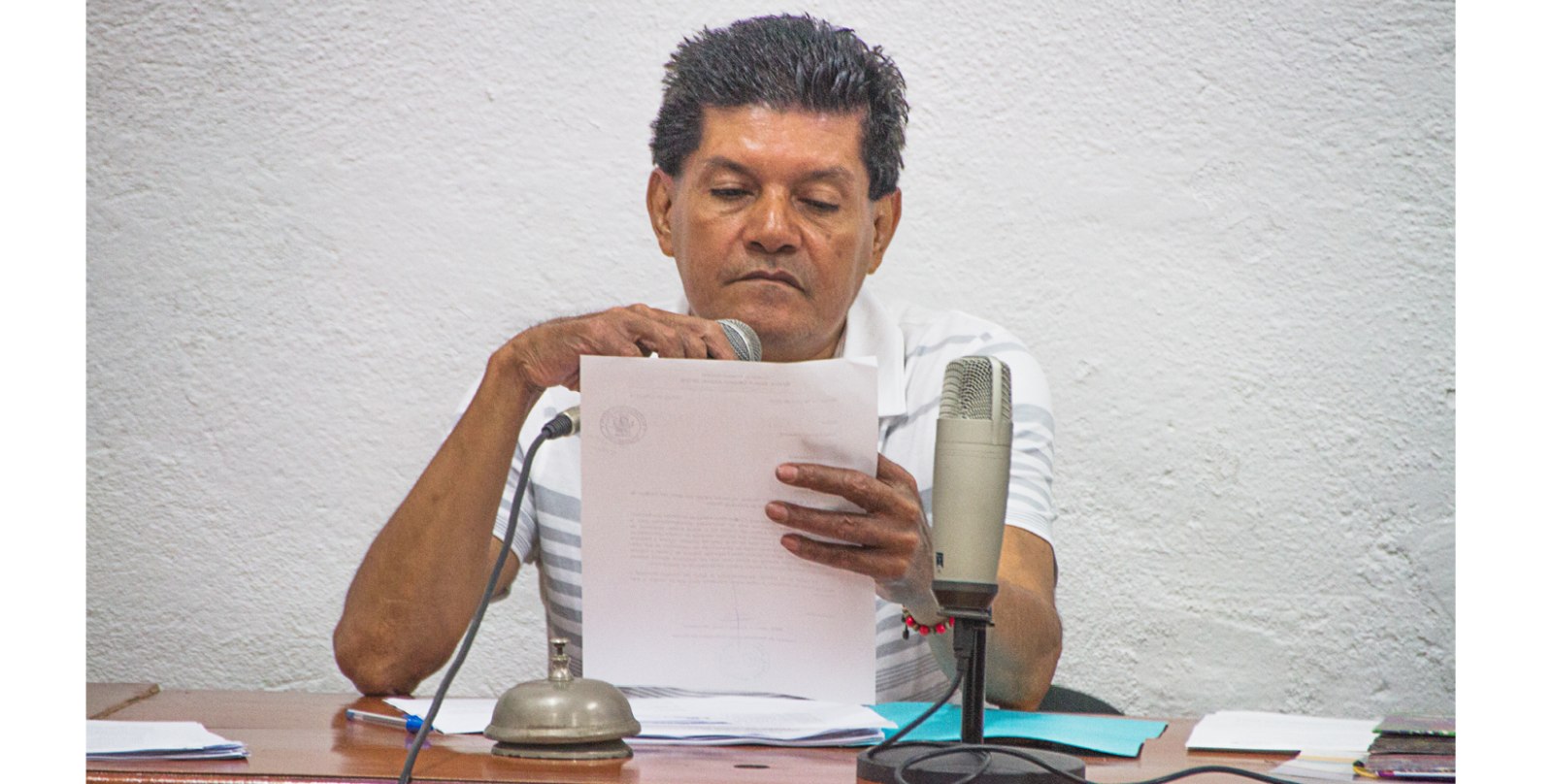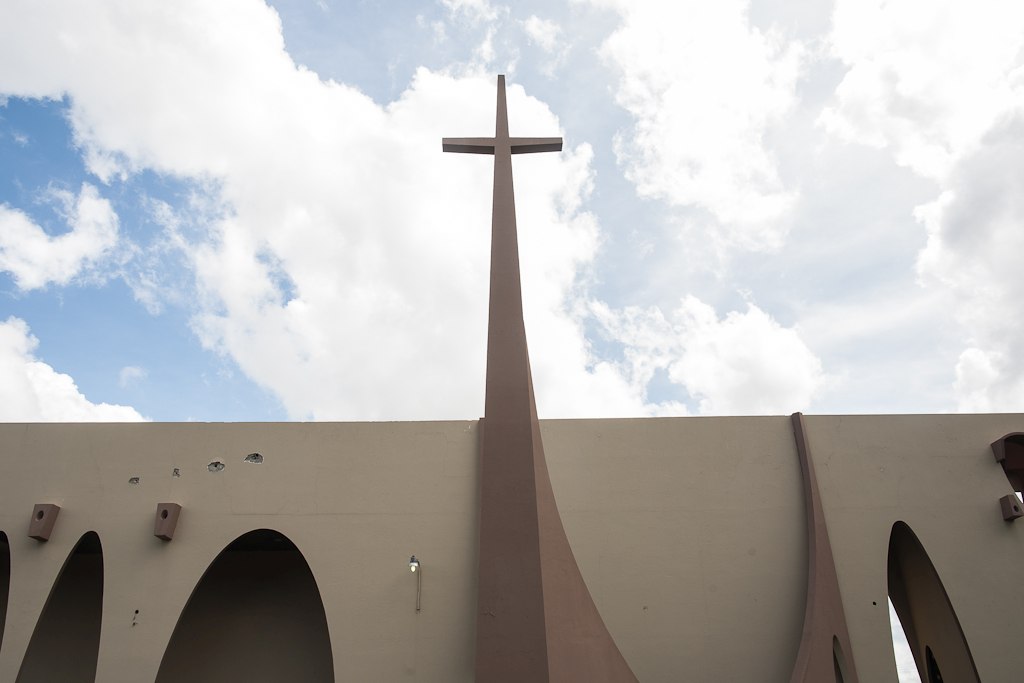
Like the art of sculpting a bust, Costa Rica seems to be frozen in time. Some may think the country is extremely conservative and reactionary when compared to both neighboring and distant countries. Others might think the issue lies in its infrastructure, seeing that it took us 20 years to develop a simple coastal road, and in countless other topics.
But we live in the past because we refuse to move out of our comfort zone, we want a life of luxury without breaking a sweat. We have all technology and communication channels within our reach, but we don’t want to take the time to understand how they work and what effect they could have on our lives.
The country has been fertile ground for the establishment of drug cartels and criminal organizations of all sorts, which operate in plain sight and on every corner. Young people constitute their workforce. Most do not finish high school and do not want to exercise their right to vote simply because they know that corruption has little to do with politics, but is a deeply-rooted cultural issue that slowly eats us away and is held with white lies within the ‘pura vida’ lifestyle that we like to live.
The media feeds us images and characters fit to create an earthy Cirque du Soleil, a circus full of distractions to divert the average citizen.
It is precisely this mechanism full of images and temporary characters, rich in magic realism, that helps highlight “controversial” issues for all those in tune. Politicians become the ugly duckling of the party, a stranger who happens to represent us. Every once in a while a man like Justo Orozco, the legislator who presides over the Human Rights Commission at the Asamblea Legislativa, comes along; a character who claims to represent true Costa Rican folklore through his comments. It is he who is sent as a gladiator to the Colosseum, the perfect place to cleanse their sins and orchestrate a great show in the process.
An elite minority raises him, they are just a few thousands, but seem like millions on social networks. The media, who feeds on contemporary trash that generates ratings, echo his words and thus these ‘reactionary’ ideas resonate on all channels, achieving what Orozco always intended: for his image to be seen left and right and his voice to be known.
The angry beasts attack him fiercely; insults come and go. It does not matter if they fall into the very same game that the ‘monster’ has created. They conduct campaigns that are skeletons of the very same evil. Thousands of signatures are collected and displayed in a picture; award-winning campaigns that do not solve anything are conducted. “Make visible”, some might say, but in the end there are no clear winners. Justo Orozco was his name.
Only those who think that real life happens on social networks, on TV channels or on the radio think this is not true. However, they forget most of the population can’t read or write, that people still go to church every Sunday and that the vast majority doesn’t know the name of a single legislator or of their representative; they might not even know the name of the mayor, but they do know the name of gladiator Orozco.
The media and its subjects, the people, almost in spite of themselves, did him a favor by raising before the nation, in social networks and perhaps in some imaginary park, a Bust for Orozco.







Comments